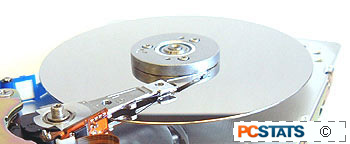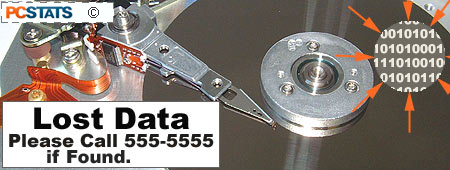Like with most machines and gadgets, your computer requires regular maintenance. Maintenance ensures that your computer gives you years of trouble-free service. Basic computer maintenance usually involves periodic cleaning, checking and updating of the system and its components. Apart from those, periodic backup of your critical data, defragmenting of hard disks to maintain disk efficiency and speed, deleting temporary and old files and installation of latest software's form the core of computer maintenance. At Netstaruk, we undertake contractual maintenance of your computer hardware, software and networking systems. With all our latest, sophisticated tools, software's and technical know-how, we ensure that your computers function to their optimum. Our regular computer maintenance contract also includes troubleshooting which can be remote, telephone or on-site. With the telephone support, just phone or email any time your system faces a problem; and the expert team at Netstaruk solves it for you. Netstaruk also offers you remote services by fitting a small piece of software into your system. This software enables staff at Netstaruk to share your screen with you remotely, thereby having better control of your system. Remote monitoring was until recently a luxury only large companies could afford. Now, Netstaruk brings remote services even to small and medium sized businesses. As a part of our maintenance contract, our team of qualified engineers will visit your premises periodically for on site services. Installation, configuration, major troubleshooting and minor projects are all undertaken on site. We update your systems to protect your computers from viruses, Trojans, worms and malicious spy ware by using firewalls, virus protection software's and high-level encryption. With highly qualified and extremely experienced engineers, you can rest assured that your computer maintenance work will be done to your complete satisfaction. We also offer you professional data backup solutions that can ensure you peace of mind. Our fully automated Internet backup solution holds your data securely offsite. Online data storage of encrypted information provides a safe, reliable and cost effective alternative to traditional backup. And technologically advanced data disaster recovery planning services offered by Netstaruk, ensures that even in case of a data loss, you can rely on Netstaruk to recover your systems quickly, causing minimal disruption to your work. With timely and dependable services provided, network and computer maintenance by Netstaruk ensures that you have a smooth running office. A trusted name in UK, Netstaruk network support London has an enviable clientele. Also as a Microsoft Certified Partner, Netstaruk has the expertise with Microsoft technologies and the ability to deliver. So, look no further for your computer maintenance contracts - ensure an efficient office with services from Netstaruk.
I write Articles on IT support services.
 FAT partitions use something similar, called predictably enough the File Allocation Table (FAT). The FAT is also backed up on the disk, and can be restored by software. The major disadvantage of the FAT as compared to the MFT is that it needs to be located on a specific area of the partition to function, so if that area of the disk is damaged, recovery can be difficult.
FAT partitions use something similar, called predictably enough the File Allocation Table (FAT). The FAT is also backed up on the disk, and can be restored by software. The major disadvantage of the FAT as compared to the MFT is that it needs to be located on a specific area of the partition to function, so if that area of the disk is damaged, recovery can be difficult.
 I figured I'd write a little blurb on how to partition a drive, making sure to tell the readers not to mess with FDISK if they were not sure what they were doing…
I figured I'd write a little blurb on how to partition a drive, making sure to tell the readers not to mess with FDISK if they were not sure what they were doing… 




